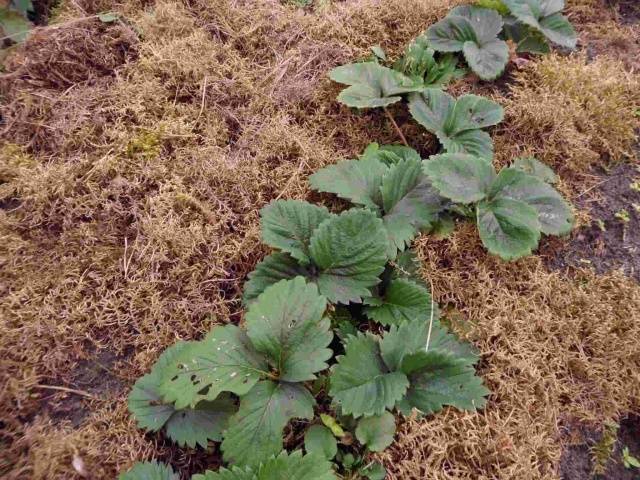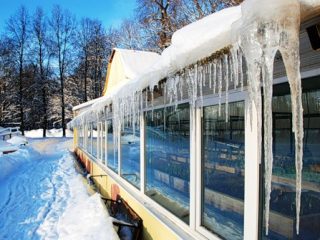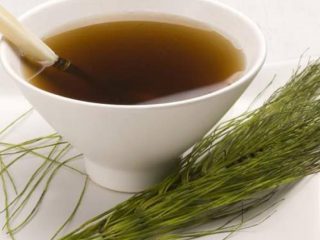Content
Who doesn’t love to eat red, ripe, juicy and very rich in flavor and aroma strawberries? However, in order for the harvest of this berry to be maximum, it is necessary to care for the bushes all year round. They need to be processed, fed and watered. This is due to the fact that the laying of fruit buds for the next year occurs in the current season.
This article will tell you how to prepare strawberries for winter in the fall. When and how should you water the berries? What fertilizers should be applied to the bushes before wintering? How to hill up and what to cover strawberries with? These issues will be highlighted in the article.
Bush pruning
Strawberries will survive the winter only if they have healthy leaves. After harvesting, old leaves and tendrils from strawberries must be cut off, since the tendrils will not have time to form a healthy rosette before the onset of cold weather. They will only weaken the mother bush. If you want in the future transplant strawberries, then leave the first rosette on each bush.
Leaves should be pruned correctly, since they are the main vegetative organs of strawberry bushes through which the process of photosynthesis takes place. So why should you prune old leaves? This is explained by the fact that old strawberry leaves are a favorite habitat for pests and diseases. And timely pruning will protect the strawberries from them.
When spots of so-called rust begin to form on the leaves, they must be cut off. This will free up space for the growth of healthy, young leaves.
To make sure that pruning has a positive effect on strawberry yields, conduct a small experiment: remove old leaves and tendrils in one bed, but not in the second. In this case, you will be able to say exactly what is good and what is bad for your beds with your favorite red berries.
Tick control
Sometimes, at the end of summer, soft-bodied mites appear on strawberry bushes. They are so microscopic in size that they cannot be detected with the naked eye. The main sign of mite damage to a plant is the condition of the leaves. Young leaves develop poorly and have a dark green matte color, while the petioles remain short.
Unfortunately, to date, no remedy has yet been developed to combat soft-bodied mites, so damaged bushes must be immediately removed from the garden bed and burned.
When and how to carry out hilling and transplanting
Preparation for winter does not include hilling up bushes in the fall.This is done a little earlier, namely at the end of August. This is due to the fact that during the hilling process the root system is injured and the strawberries may not survive the winter if the roots do not have time to recover.
Transplantation is carried out every 5–6 years. In poorly fertilized soil, bushes need to be replanted every 4 years. Those bushes whose root system has begun to rise above the ground should be removed. In this case, the young bushes will develop better, as a result of which you will be able to renew the planting. During the replanting process, it is important to loosen the top layer of soil. This way, you will provide the root system with enough air, thanks to which the bushes will take root faster and easier. In addition, digging will make it possible to remove the roots of perennial weeds. Loosening will allow for root feeding.
Fertilizer application
Since strawberries lose all their strength during the fruiting period, they must be fed after harvesting. If the weather is hot outside, the bushes need to be watered.
Strawberries are a crop that is sensitive to high concentrations of salts, so it is impossible to oversaturate the soil in the beds with this plant with fertilizers. Before wintering, the crop must go into a dormant state. The fact that strawberries have entered a dormant period can be judged by the leaves on short petioles, from which a winter leaf rosette is formed. This happens in November.
Rotted manure, compost or straw can serve as fertilizer for strawberries.This plant needs to get enough minerals. There should not be any in the strawberry beds. weed, since they absorb nutrients from the soil, as a result of which the bushes will lose strength and be less fruitful.
Mulching the soil
Caring for strawberries in autumn also includes mulching soil. This event must be carried out if you want to transplant young animals. Rosettes with roots are formed from the tendrils, and in order for them to be prepared for wintering and take root, they need to be sprinkled with soil mixed with peat. However, you should not cover the growing point with soil. Otherwise, the young animals will slow down in growth.
Mulching can also be carried out with a mixture of soil and humus. Under such circumstances, this layer will serve as bush fertilizer and covering material. Bushes prepared in this way will survive the winter cold. Mulching requires extreme care. It is important not to cover the leaves and bushes with soil containing humus or peat; only the soil around the bushes is used.
Covering beds
In late autumn, the first frosts occur, and it is at this time that the strawberry bushes need to be covered. The best cover is mulching and snow. In warm winters and with an abundance of snow, additional strawberry cover will not be needed.
However, if there is little snow and severe frosts in your region, then the strawberries need to be covered. Spruce branches can serve as a covering material. The young growth needs to be covered completely, and the mother bushes - in a circle. In this case, the strawberries will not harbor pests and rodents.
If you take good care of the plant, it will reward you with a bountiful harvest next season.Also, many gardeners use plant tops/leaves and straw as covering material. Often there are mice in the straw, and the tops and foliage sag, as a result of which air access to the bushes is limited, and deformities appear.
Special materials such as spandex and agrotex are also used to cover strawberry bushes. The density of the material should be 60 g/m2. The covering material is stretched over pre-prepared arches or a frame installed on the beds. It is worth noting that such material allows air to pass through well, so the bushes do not deteriorate or rot. In places where the covering material comes into contact with the soil, the ground will freeze even deeper. Therefore, the presence of a frame is mandatory.
If you care for strawberries all year round and properly prepare them for winter, then next year’s harvest will delight you and your family. In addition, we invite you to watch the accompanying video material:


















